For over half of 2020, the world of football has been turned on its head. Leagues everywhere were delayed for months or canceled due to COVID-19. In a summer where an international tournament had to be delayed for a year and bio-secure environments were required for any chance of professional sport, it’s crazy that any progress has been made on this season at all.
For fans of FIFA and Pro Evolution Soccer, the uncertainty will have caused some understandable concern. And for the developers, setting up their annual games with the disruptions caused development stumbles.
To minimize the impact, Konami made the decision to simply update its player database within the 2020 edition of PES, a choice welcomed by the community. EA’s approach, however, has remained to stay the course with FIFA 21. Whether you agree with the approach or not, there are some changes this year that make for a better experience on the field. But ultimately, it is difficult to justify a full release with the changes EA has delivered here.
Tweaking the system
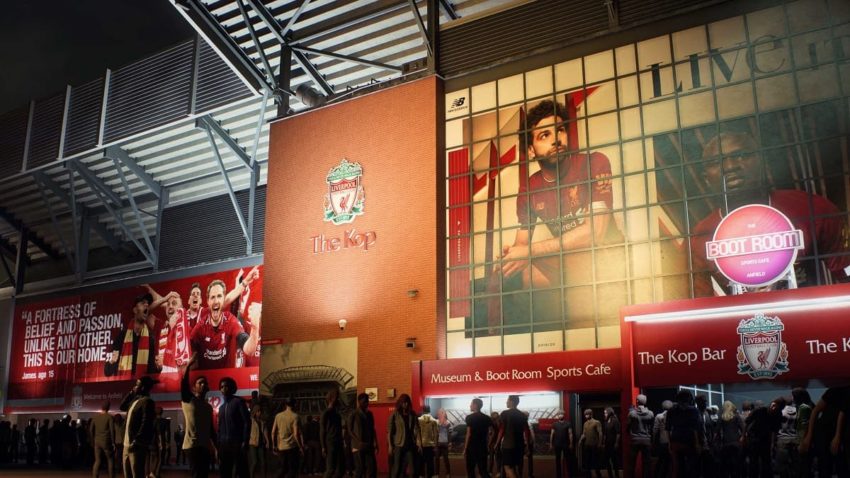
It’s important to note that while the initial reaction to last year’s FIFA 20 was largely positive, subsequent patches and tweaks to the gameplay left the community feeling sour. The slower feel to the gameplay meant that player pace became more important as time went on, and maintaining enthusiasm is difficult when everyone is forced to play the dominant tactic to stick with the curve.
Immediately upon getting into a match in FIFA 21, there’s a notable increase in how the ball zips around the pitch. Even at normal game speed, it feels quicker across the surface compared to last year, and this causes a positive domino effect across the pitch. The ball feels less sticky at players’ feet, while passing and crossing feel sharper and more responsive, making patient possession-based tactics more viable in multiplayer.
The newly implemented agile drilling also provides a simpler outlet for those looking to dance their way into the box but still requires skill against smarter defenders, while expanded options for creative runs are a welcome addition that allow you to be less predictable when making forward runs. It takes practice to execute reliably, and it’s less effective against opponents who favor a heavy pressing strategy, but it’s still helpful for creating space for your frontline.
The new manual headers are also a welcome addition, allowing more control over power and placement for those willing to practice it, while the positional personality system is subtle as it only really seems to affect the best players, but the AI will make more runs instinctively in attack with it.
All of these smaller, incremental improvements make for a better game of football compared to last year. The match engine still seems to favor pace and dribbling skills over positioning and strength, but it’s struck a better balance compared to the last few iterations.
From zero to hero

The career mode is still in need of a complete overhaul, but this year’s new features show signs that EA isn’t ready to quit on it. The interactive match simulator is a neat addition that allows you to simulate a top-down version of the match, following the action at a faster speed with the ability to insert yourself into the game whenever you feel is necessary. It’s actioned swiftly, and you can exit back to the simulation whenever you like.
Fitness is now linked with sharpness in the player feedback system and weekly planner, with training throughout the week that increases game sharpness at the cost of fitness. Increased match sharpness increases in-game stats and allows you to utilize your team better, but means you need to sure your squad more effectively to avoid burning your team out.
Player development has also improved, with the ability to train your team to specific attributes that suit their strengths. A starting option to give your team a financial takeover is also a fun if slightly cheap way of giving your team a head start.
Plenty of issues are still present. Cut scenes with agents and press conferences still feel like filler, and youth scouting is still basic and outdated. Transfers are also still completely unrealistic, as demonstrated by convincing Neymar Jr. and Robert Lewandovski to join me at West Bromwich Albion in the first transfer window. But when you consider how dysfunctional last year’s version was, this at least works correctly.
That said, we still won’t bother with the poor player career mode, and the user interface looks the same as it did years ago and is in desperate need of a refresh.
Brand refresh required
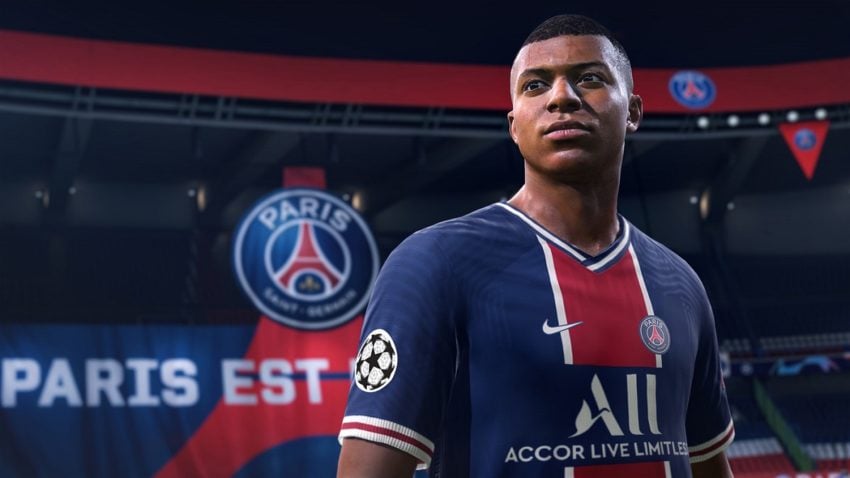
The tired-looking career mode is not an isolated case either. The game’s hampered development, along with the impending next-gen consoles, mean some corners likely had to be cut, and it shows. Aside from the player graphics and color design, it largely looks and feels like last year’s game off the pitch.
Ultimate Team’s only additions are stadium customization options, which are nice but insubstantial to most players, and a co-op option. EA has introduced more reward pathways, but buying packs still feels too much like a lottery, despite being the simplest route to acquiring top players.
The only other noticeable difference from last year’s version is the removal of fitness, which simultaneously gives with one hand, by removing a minor inconvenience during squad building, while taking with the other, by removing the point of having a squad in the first place. After all, why wouldn’t you play your best team if fitness is moot?
FUTSAL-inspired VOLTA is also back, but if it didn’t interest you last year, nothing here will change your mind, while Pro Clubs continues to be an afterthought despite being a mode with immense potential for growth.
The verdict
FIFA 21 feels too much like a retread. The series prides itself on the quality of its presentation, but it’s clear that the resources were not there to make an experience that feels new. The minor changes implemented here are not good enough for a game that sells as well as FIFA does each year.
Diehard fans may feel that the improvements on the field justify a full release. The game is still an enjoyable experience. But as notable as the upgrades are, for a release on the outgoing generation with coronavirus complications, you can’t help but feel a season update or reduced-cost release would feel less like a cash grab.
Let’s hope that EA scores against the run of play for next-gen.
Final score:
7 / 10
| + | Subtle improvements make for more enjoyable football. |
| + | Career mode upgrades are welcome. |
| – | It looks all too familiar off the pitch. |
| – | Ultimate Team continues to feel predatory. |
| – | Was a full priced release really necessary? |

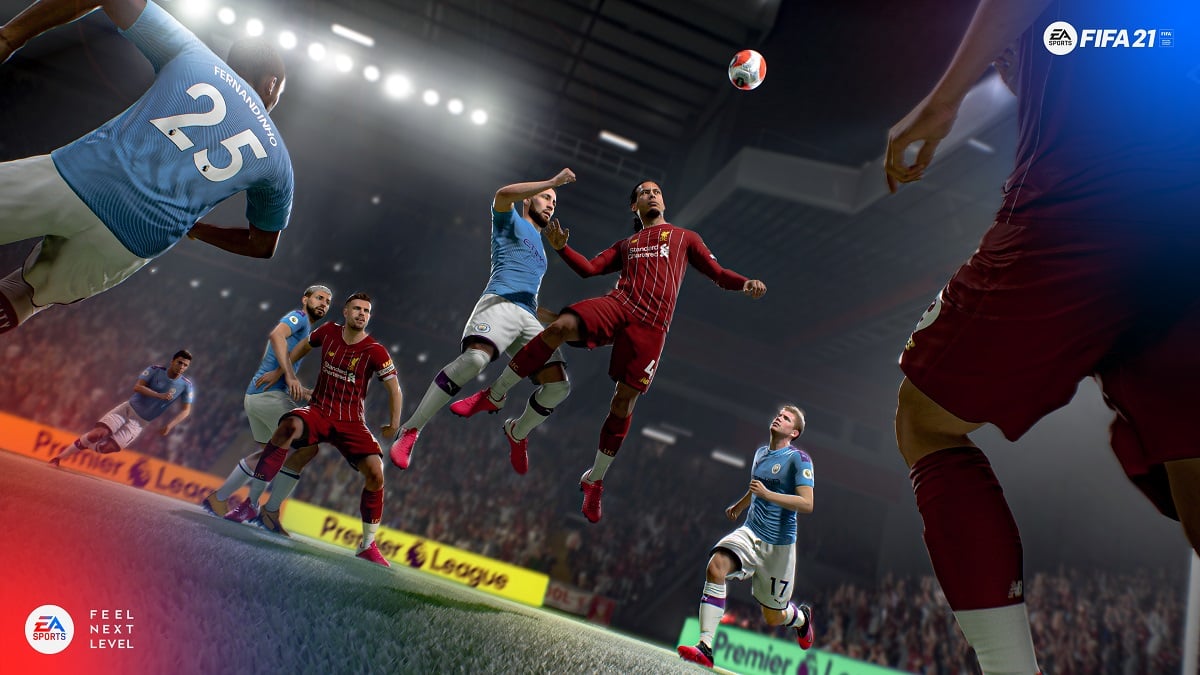
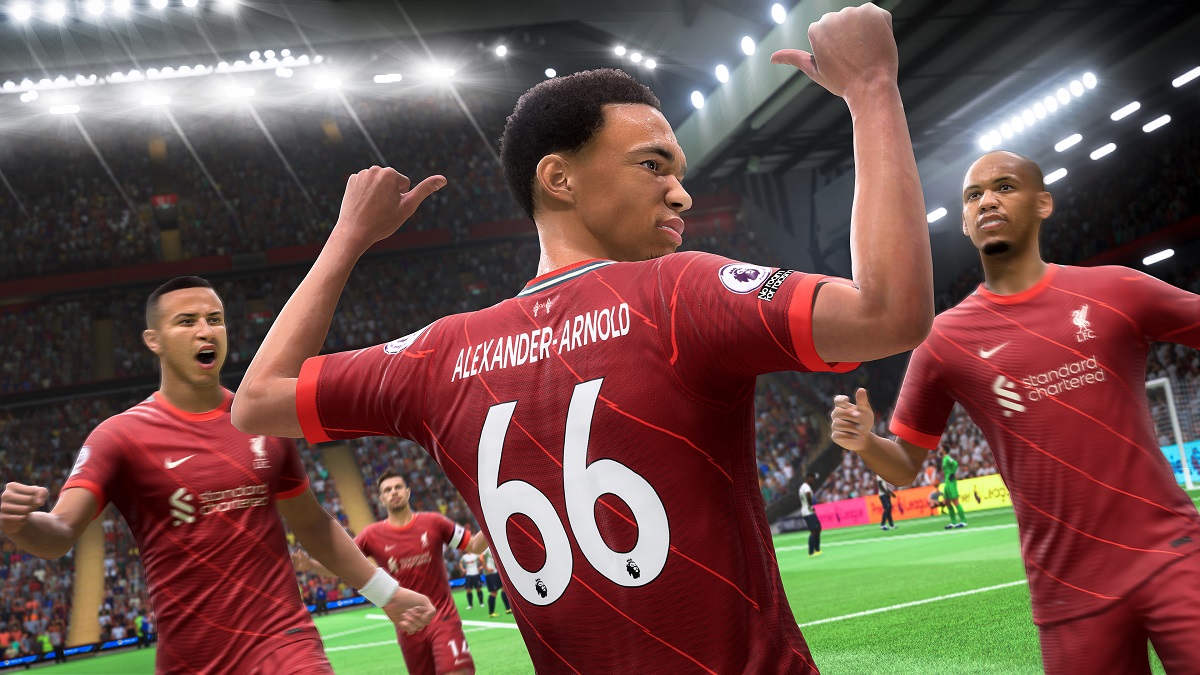
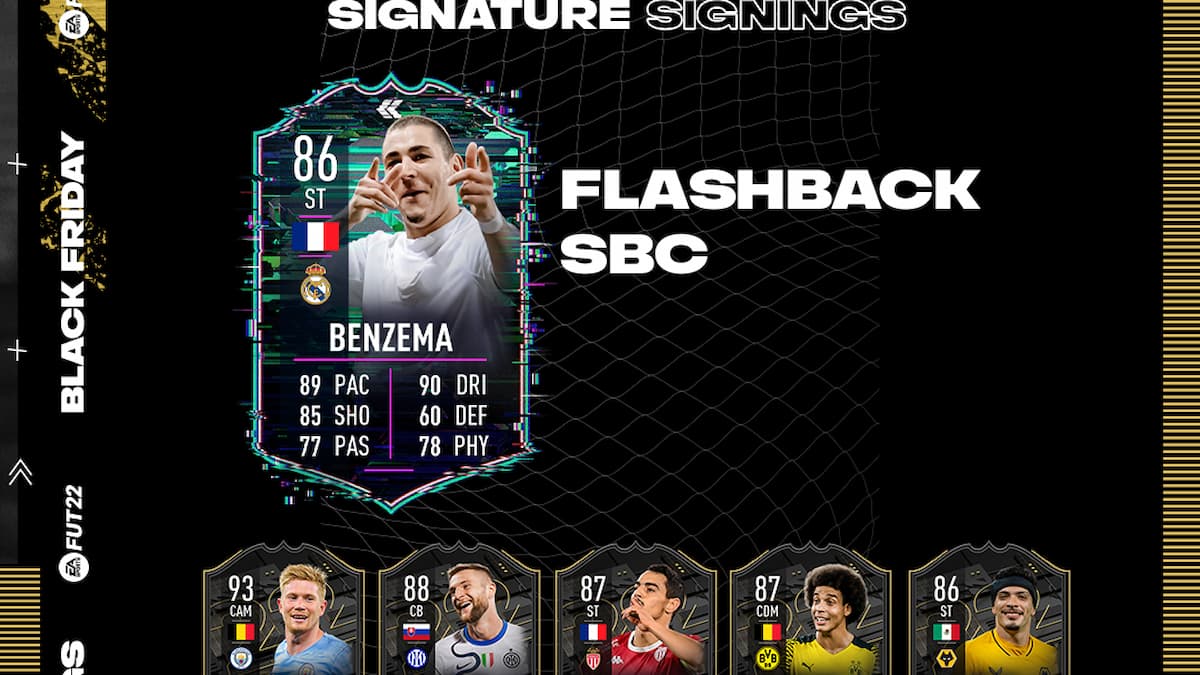
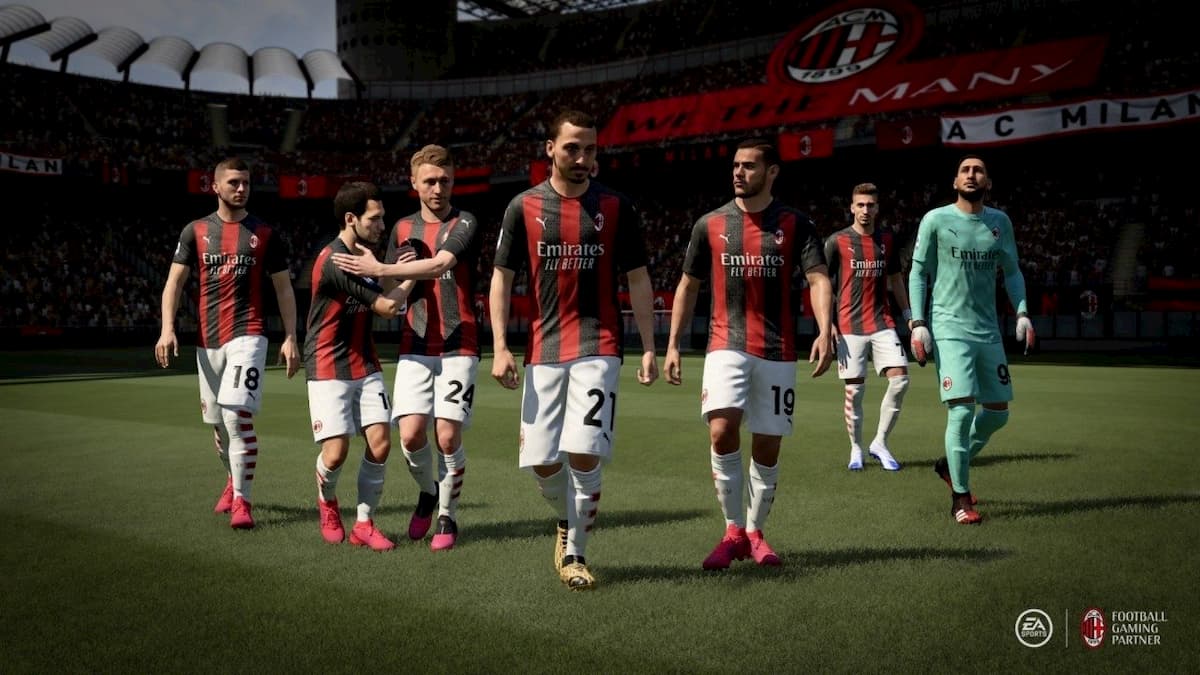
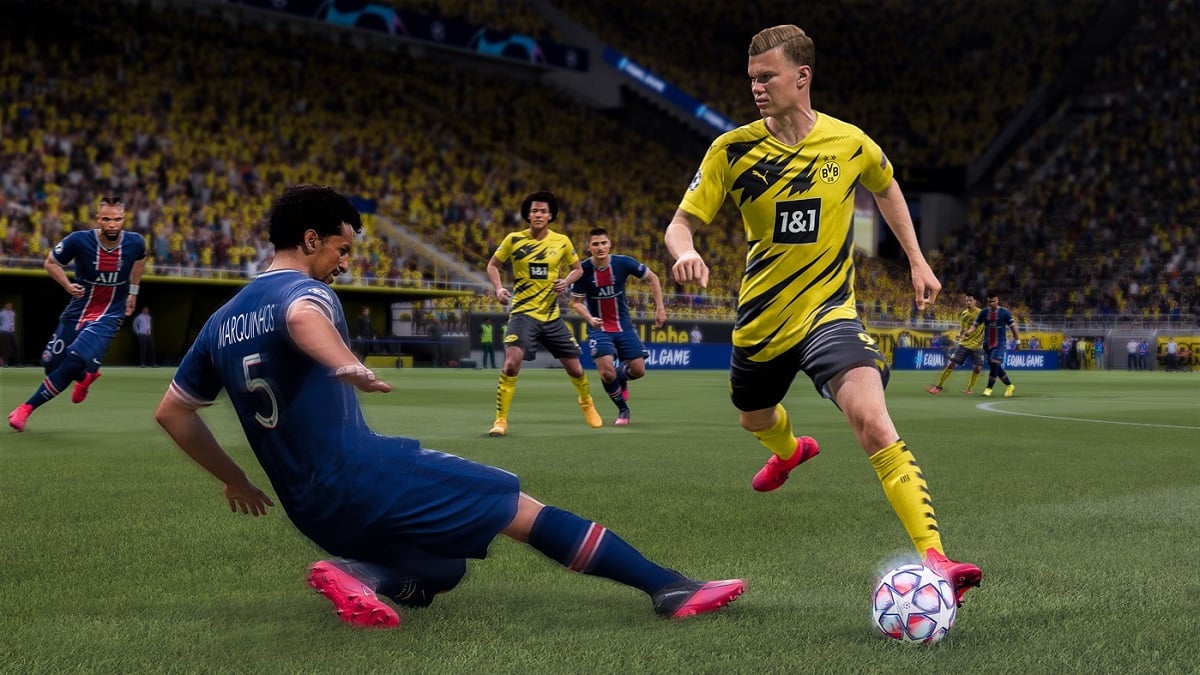
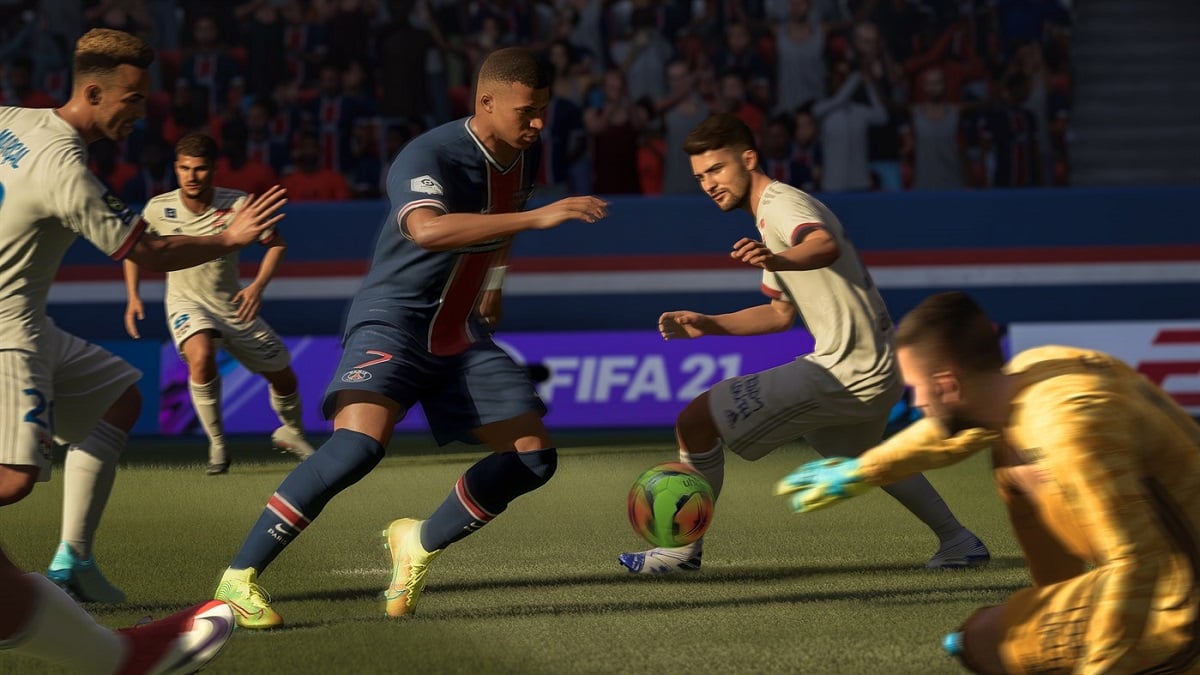
Published: Oct 6, 2020 03:11 pm